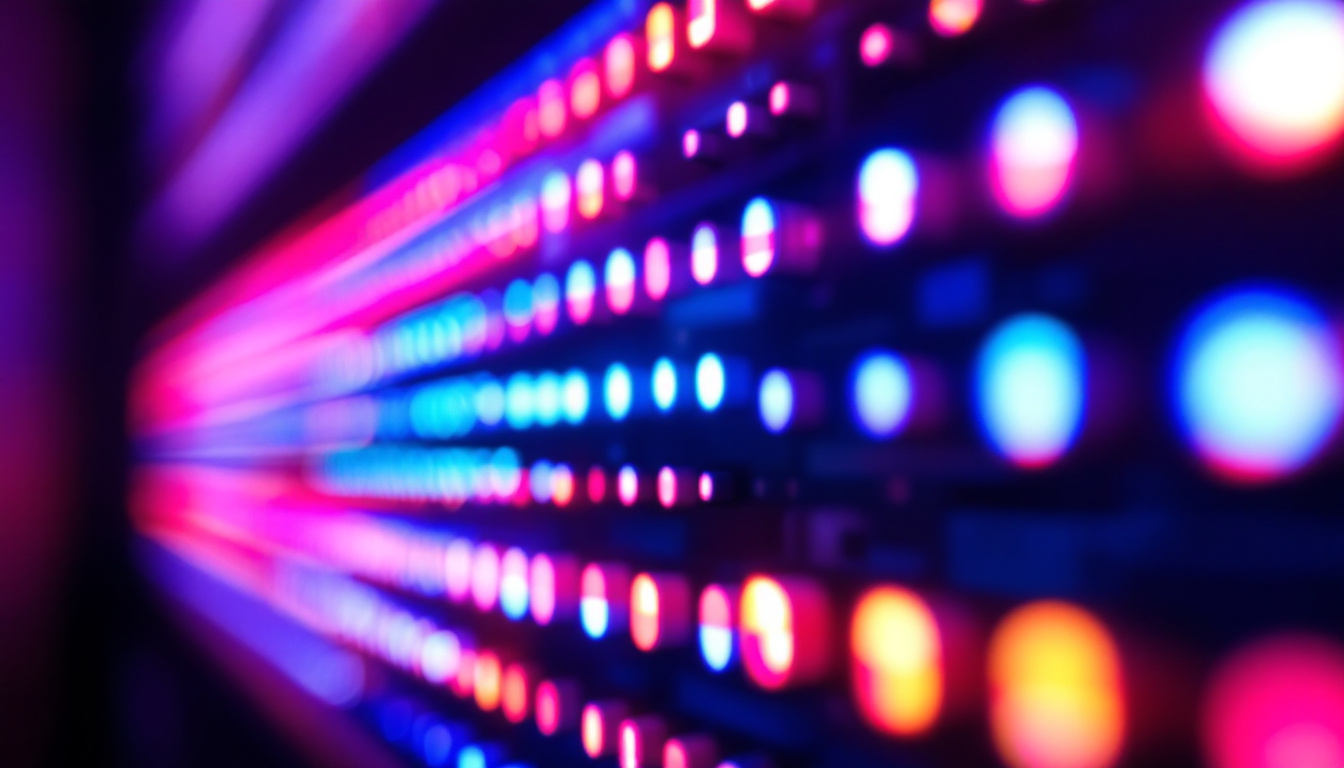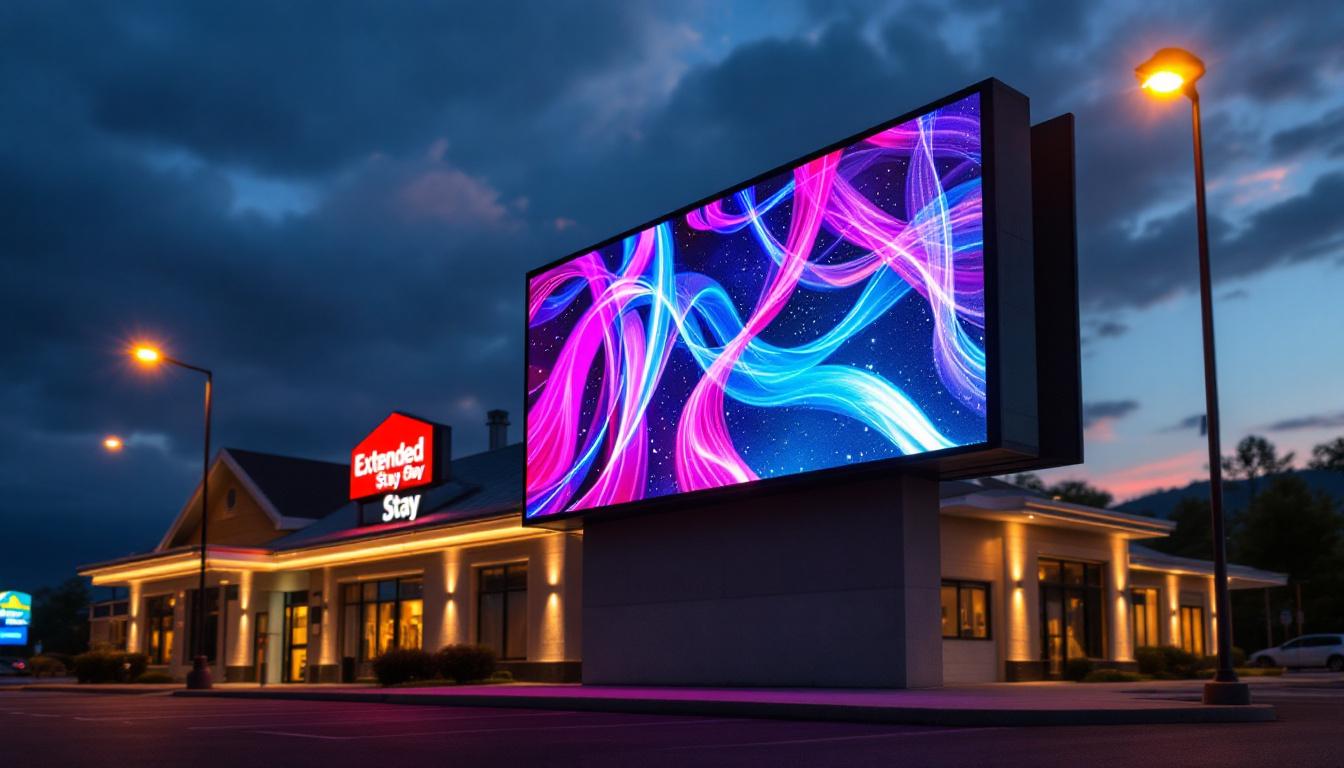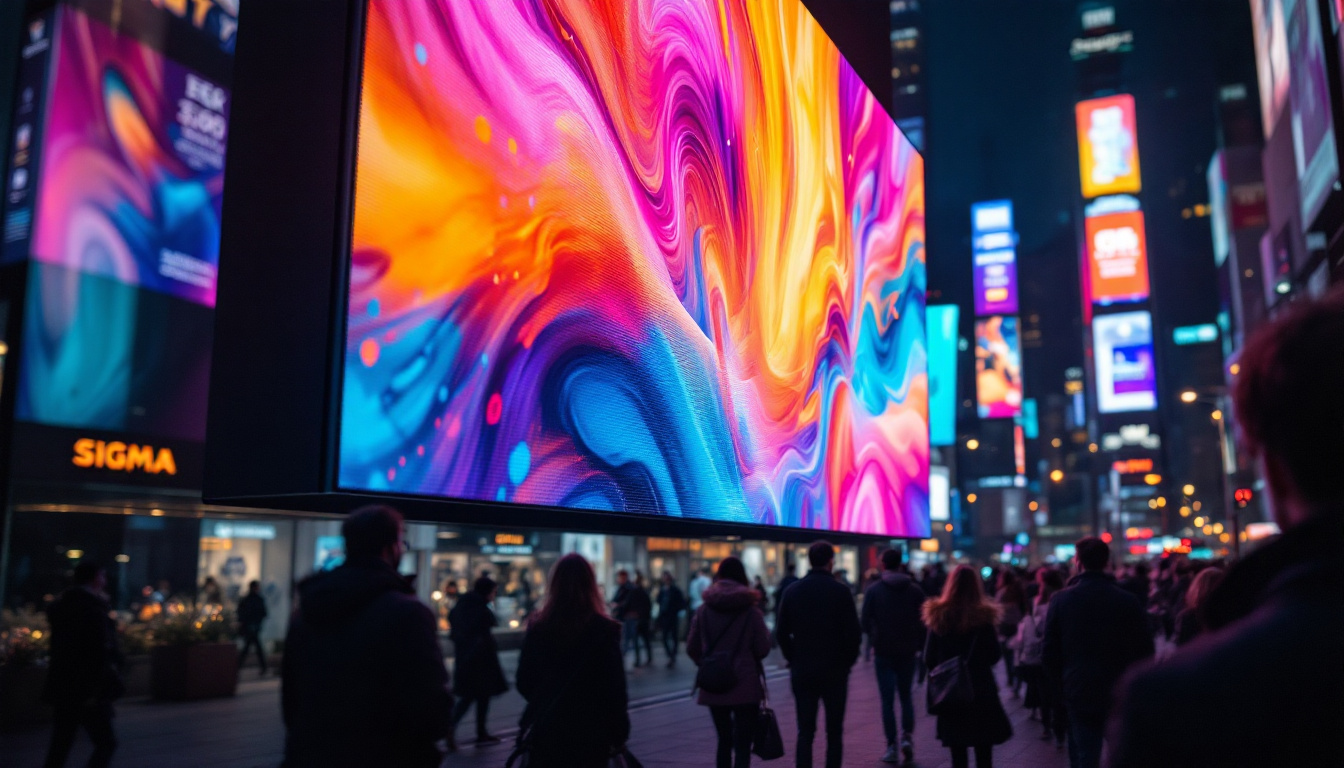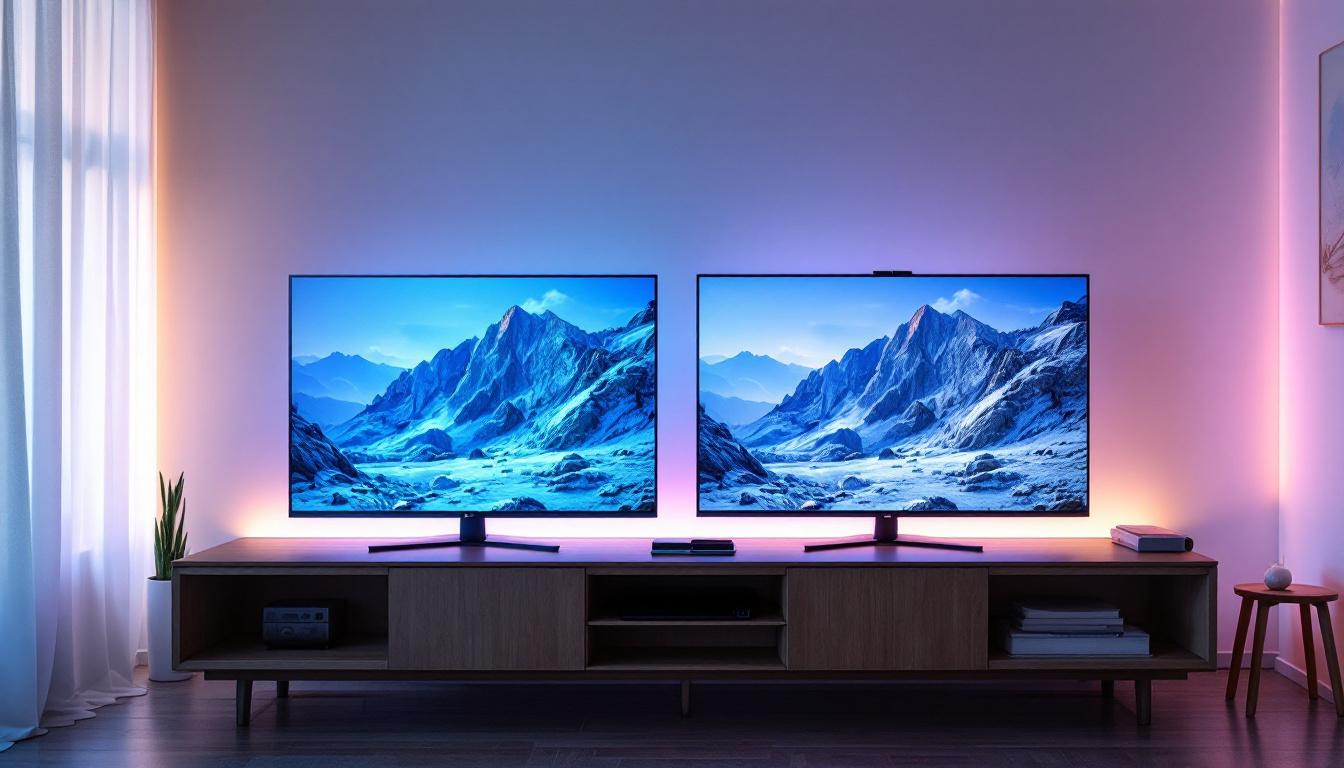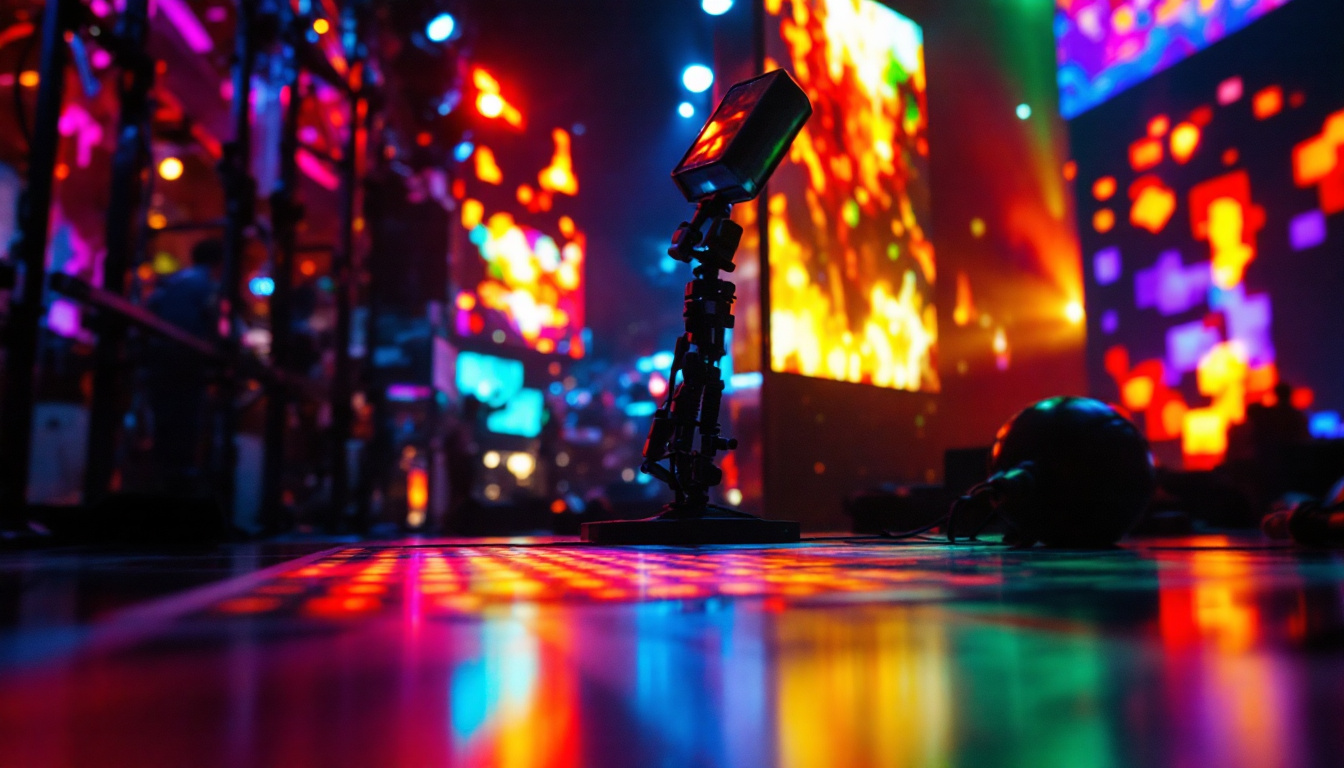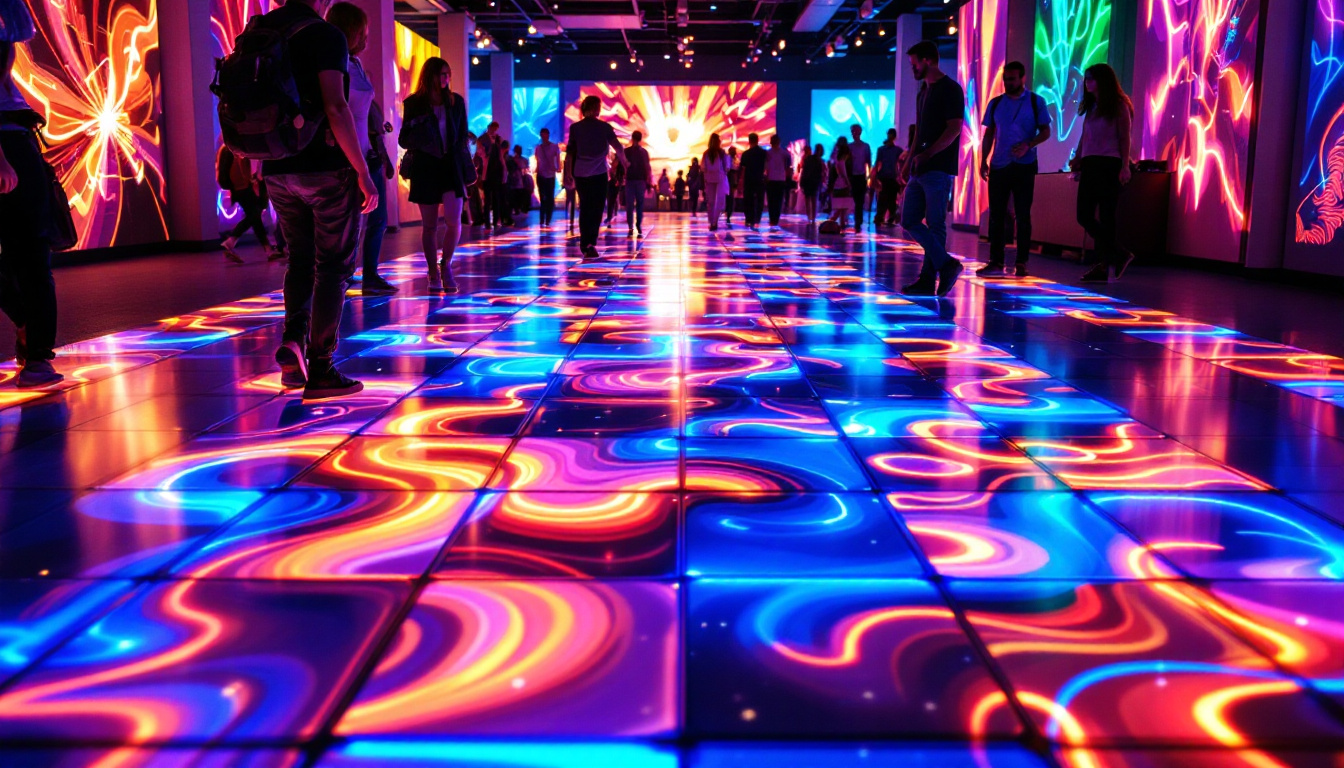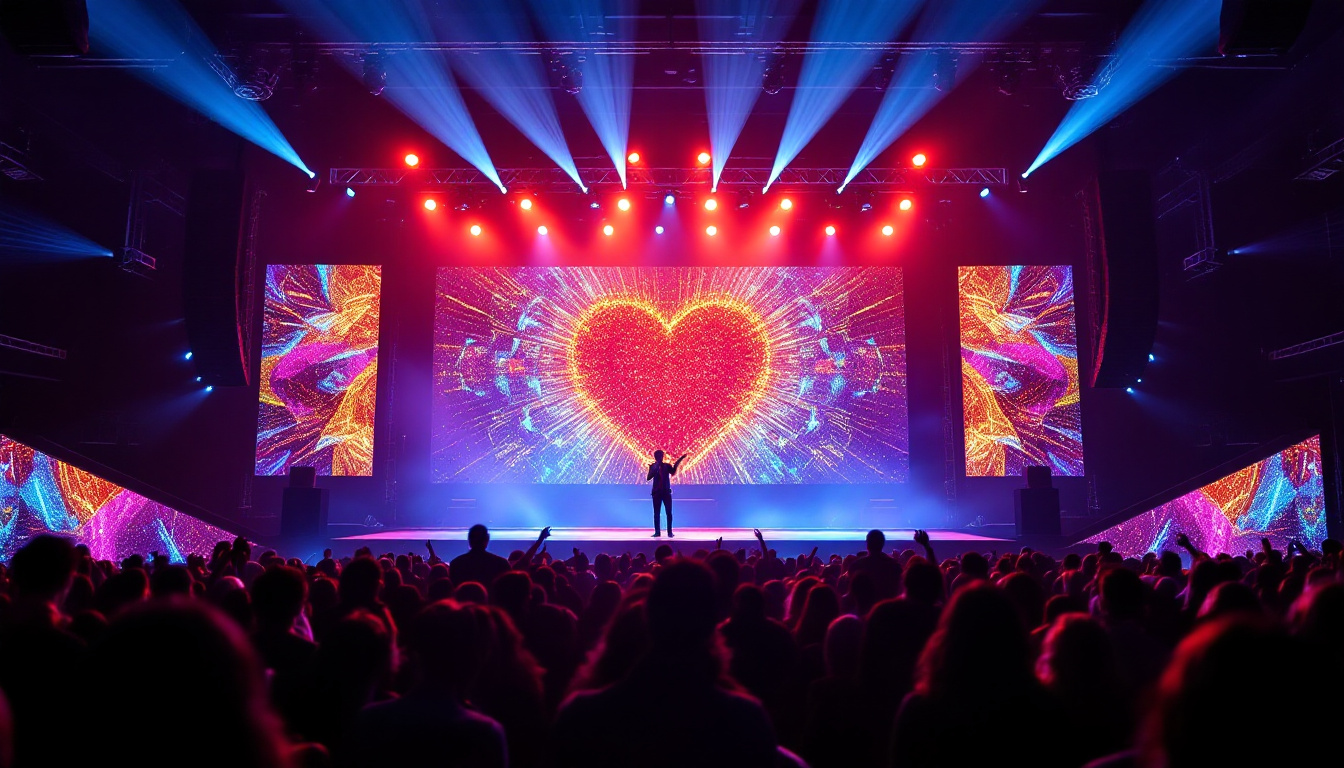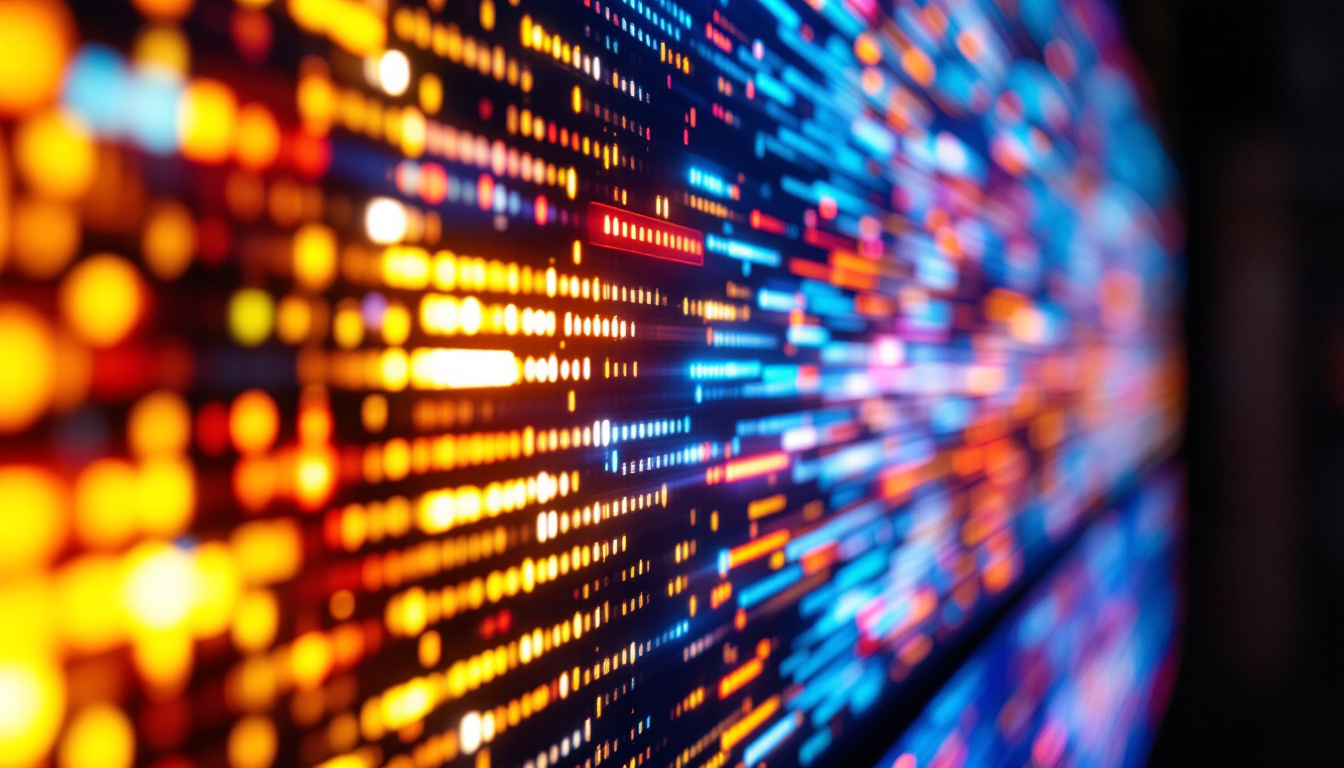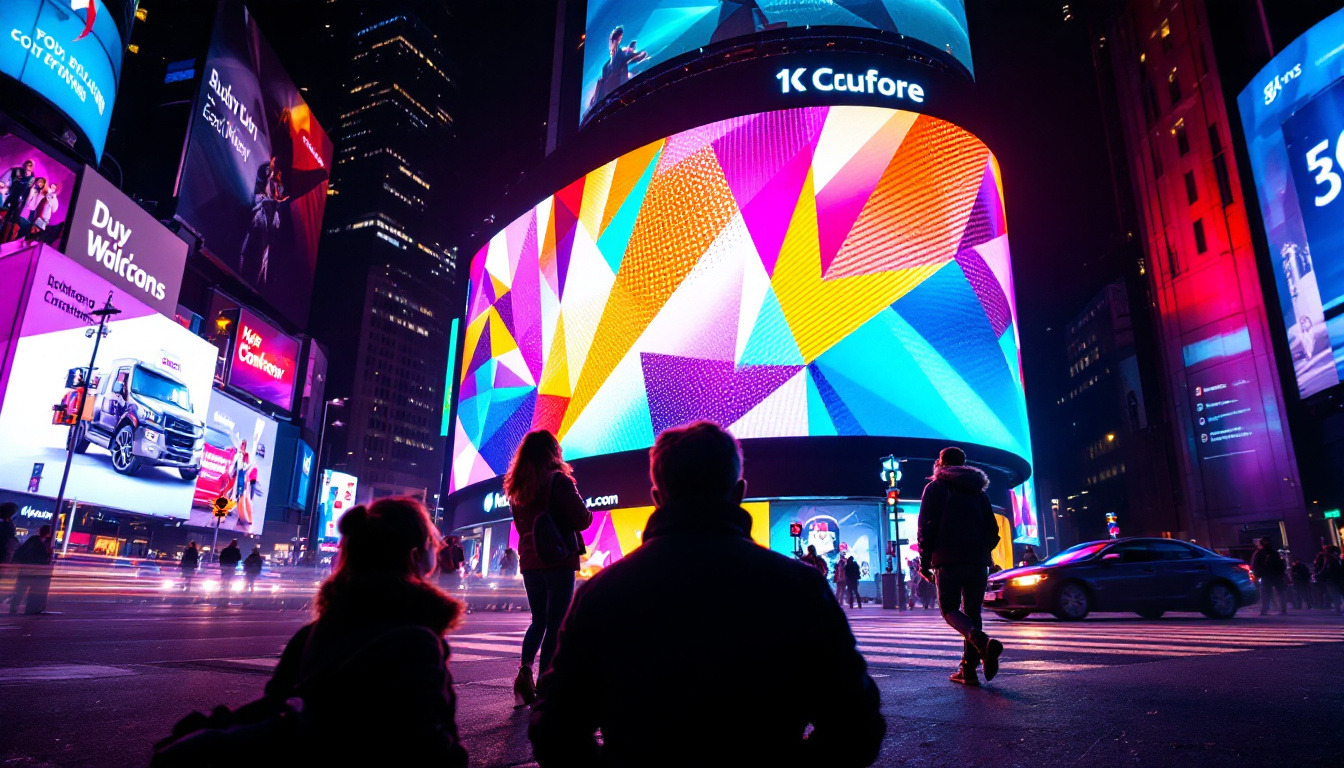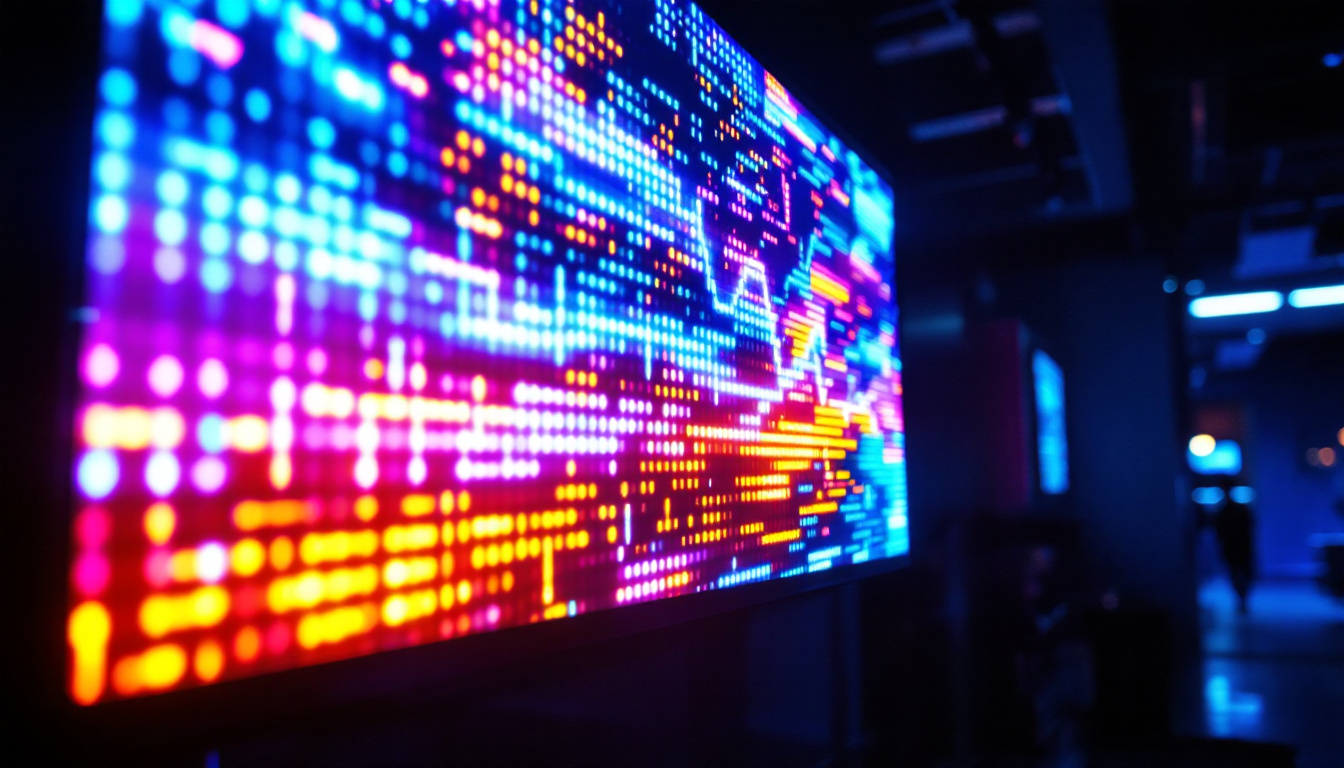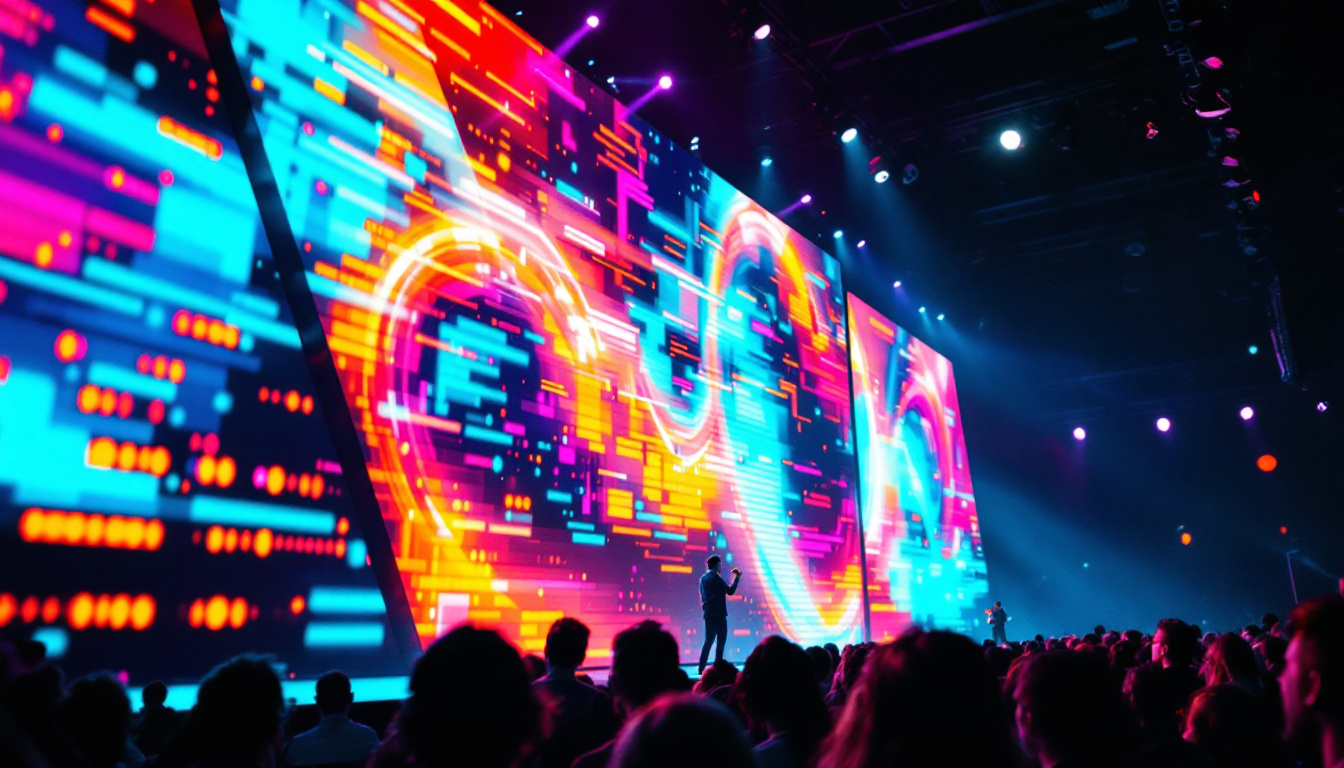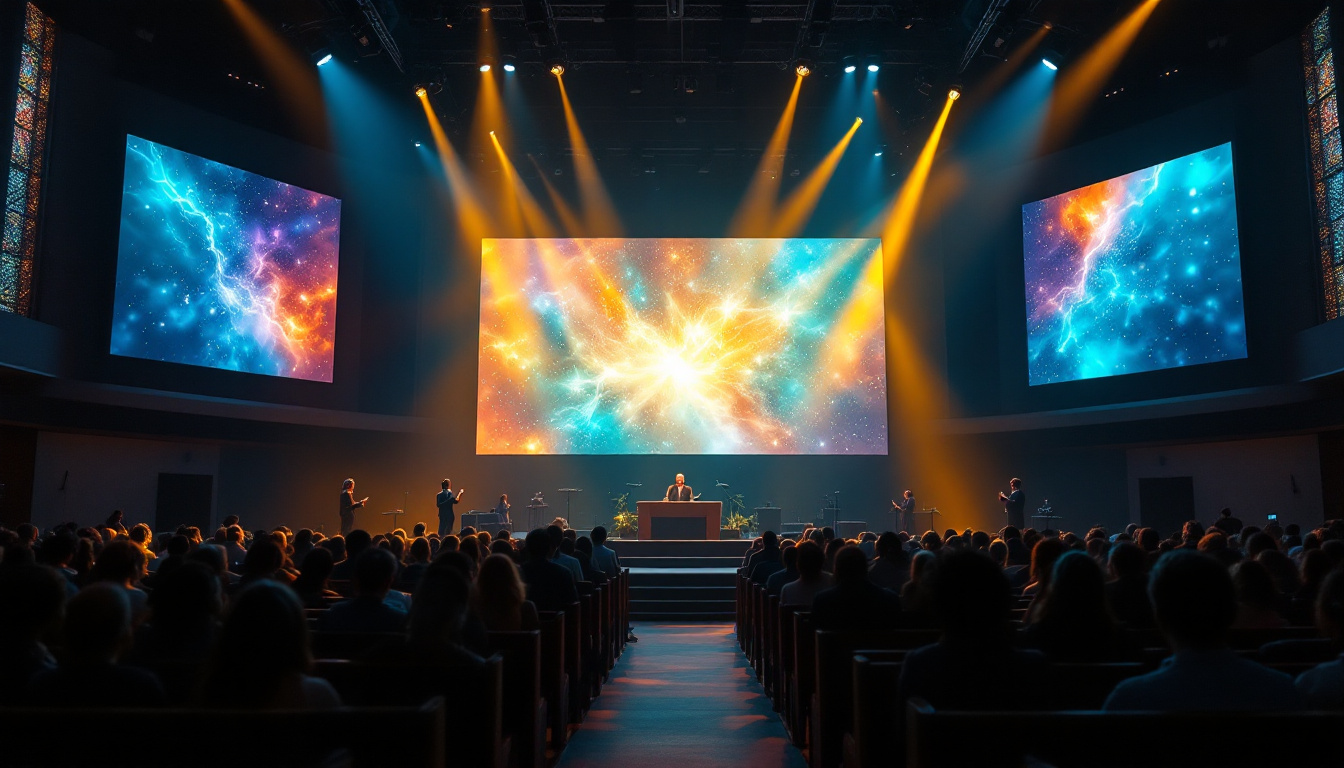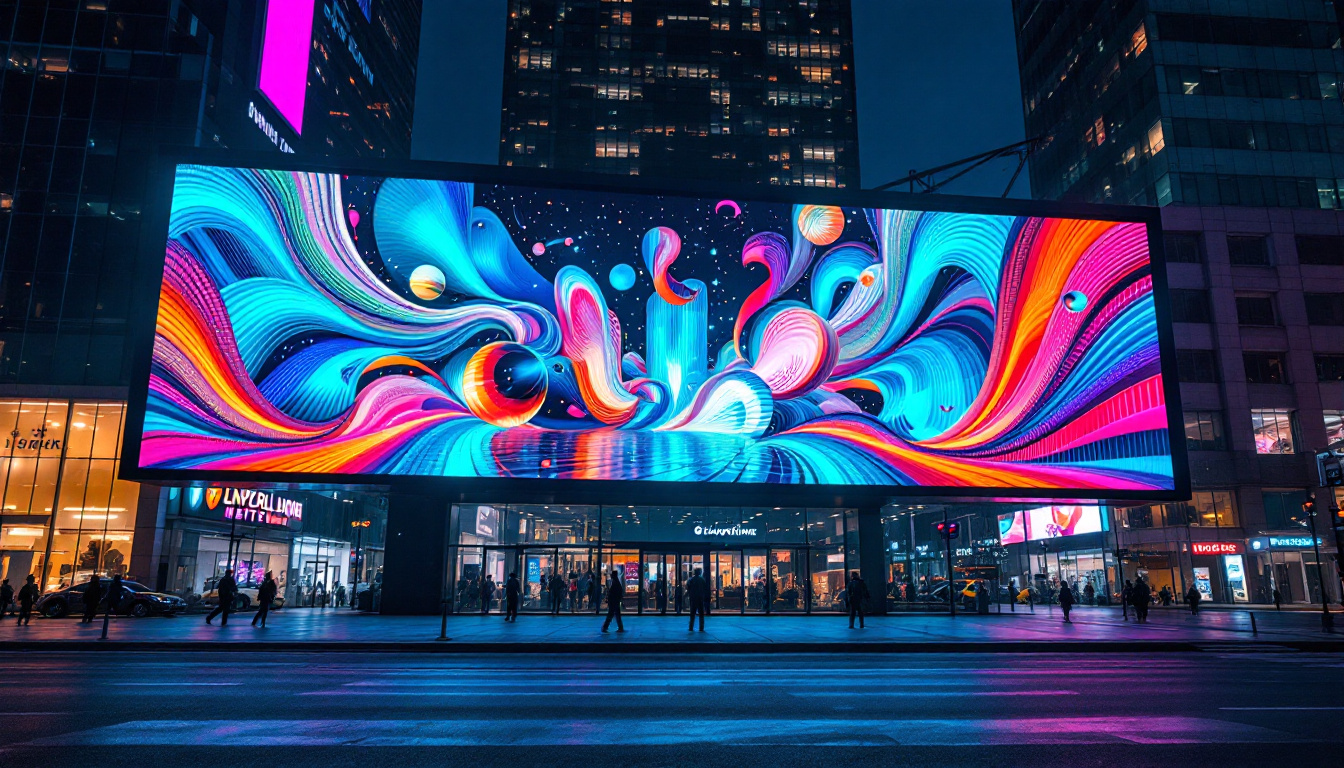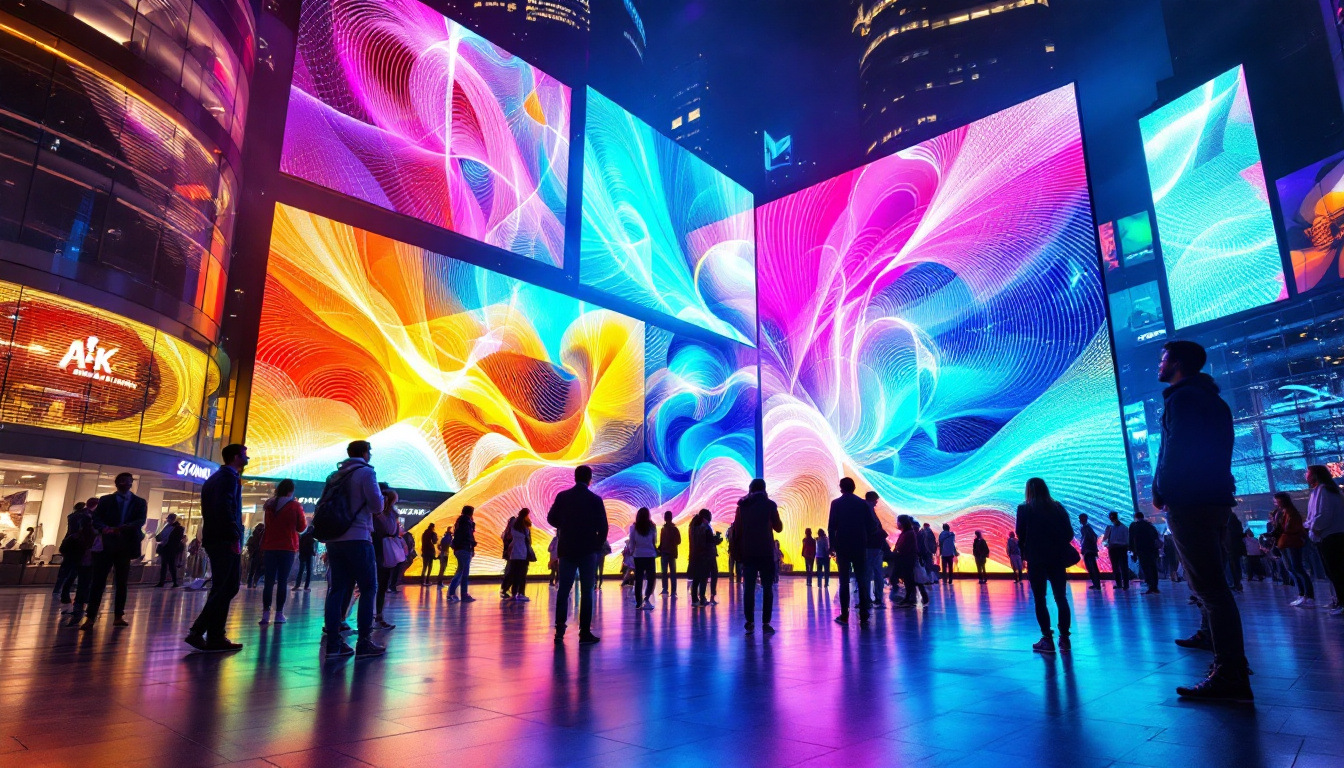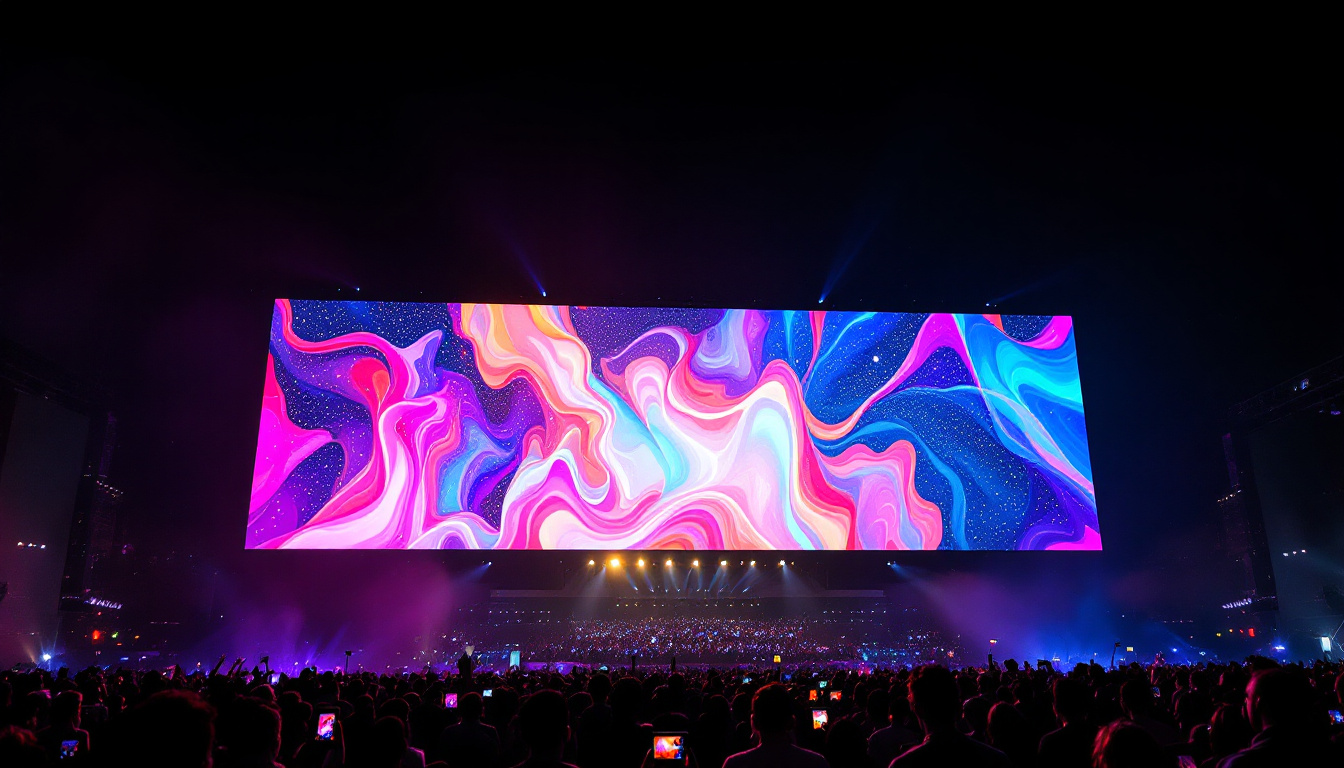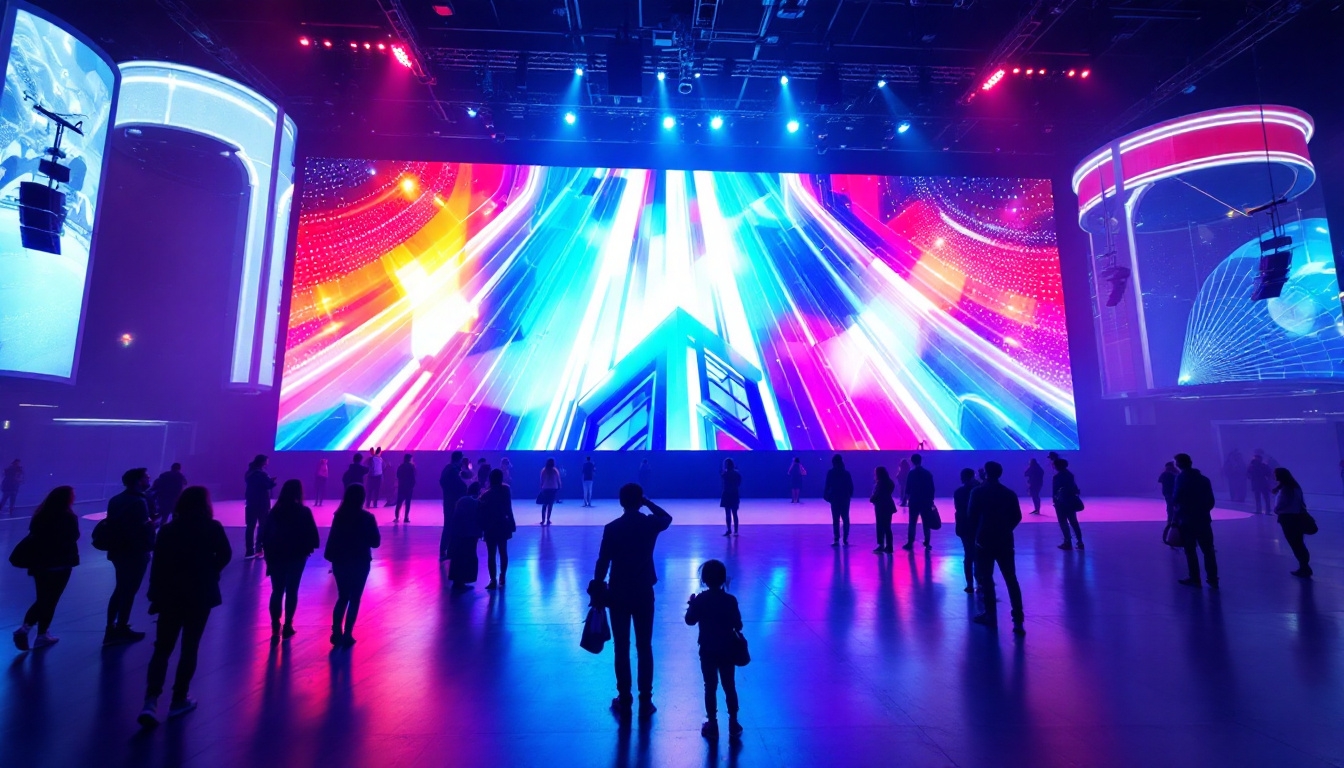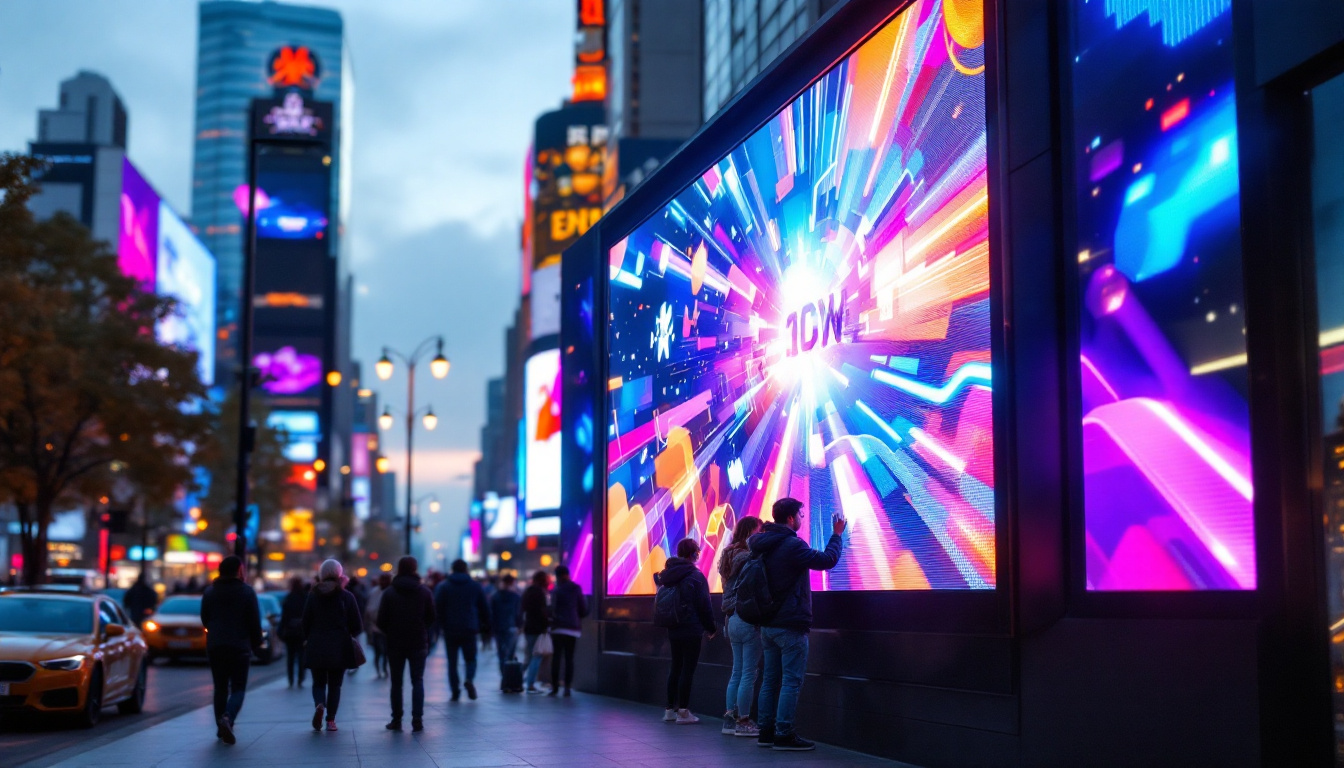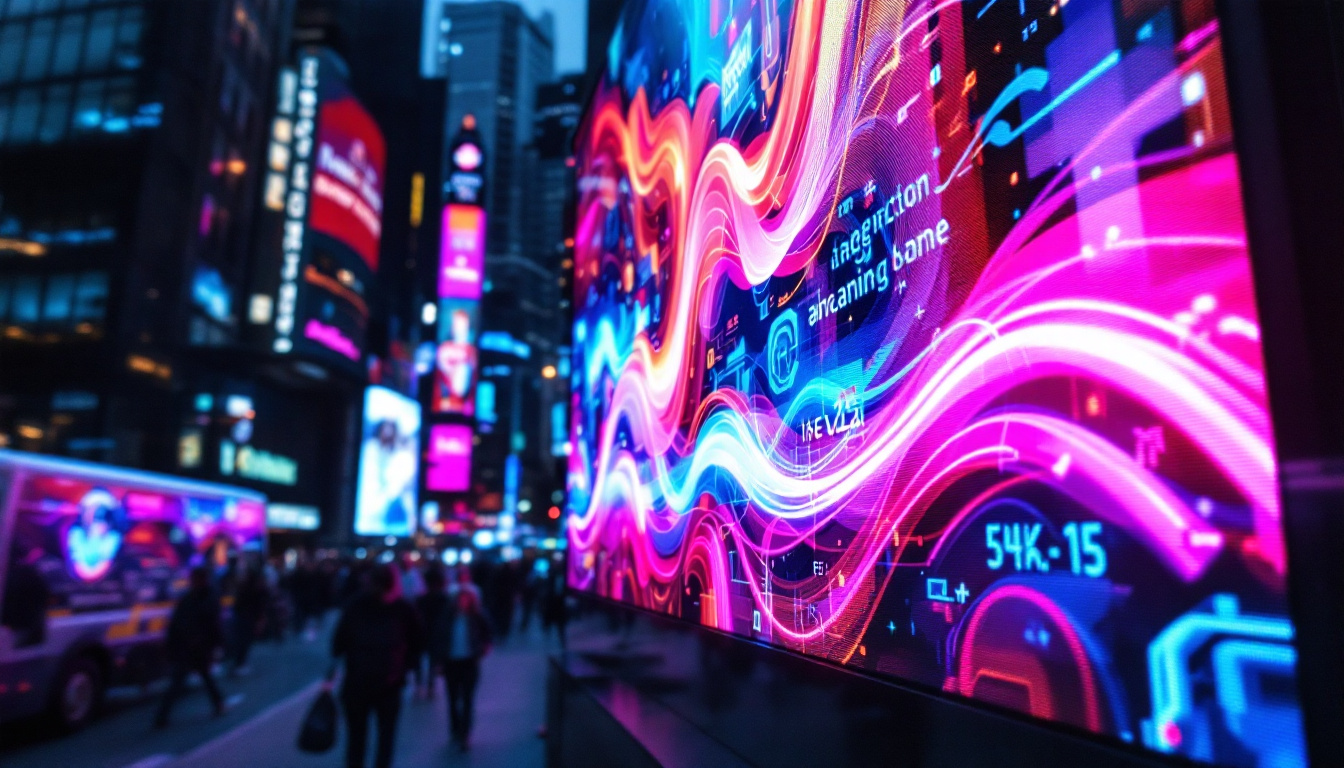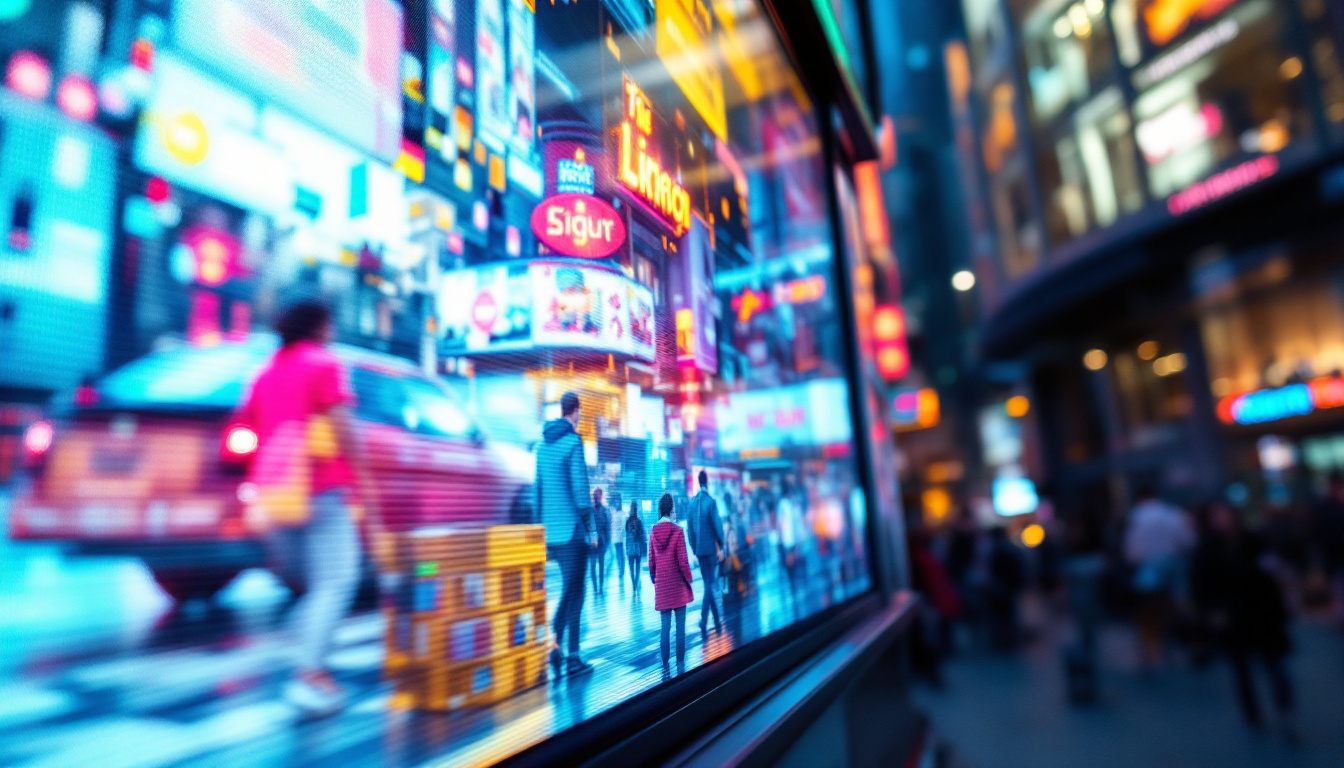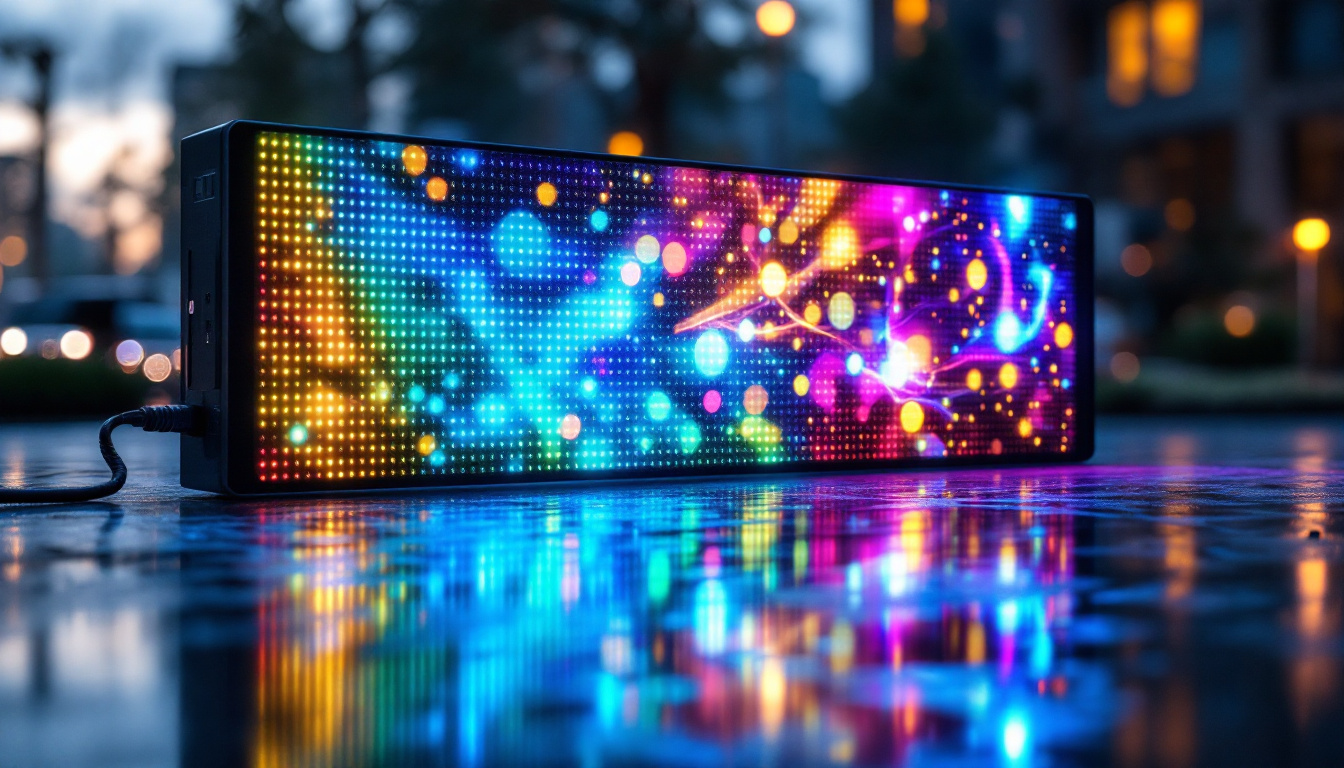In recent years, LED displays have become an integral part of our daily lives, transforming how we interact with technology, consume information, and enjoy entertainment. From billboards to televisions, the versatility and efficiency of LED technology have made it a popular choice across various industries. This article delves into the intricacies of LED displays, exploring their components, working principles, advantages, and applications.
Understanding LED Technology
Light Emitting Diodes (LEDs) are semiconductor devices that emit light when an electric current passes through them. Unlike traditional incandescent bulbs, which produce light by heating a filament, LEDs generate light through electroluminescence. This fundamental difference results in several advantages, including lower energy consumption, longer lifespan, and reduced heat output.
The Basics of LEDs
At the core of LED technology is the semiconductor material, typically made from compounds like gallium arsenide or gallium phosphide. When electrons recombine with holes in the semiconductor, energy is released in the form of photons, creating visible light. The color of the emitted light depends on the material used and the energy bandgap of the semiconductor. This process is highly efficient, with most LEDs converting a significant portion of electrical energy into light, unlike incandescent bulbs that waste a lot of energy as heat.
LEDs can be classified into two main categories: discrete LEDs and surface-mounted LEDs (SMD). Discrete LEDs are individual components used for simple applications, such as indicator lights, while SMDs are designed for more complex applications, including LED displays, due to their compact size and ability to produce high brightness. Furthermore, advancements in LED technology have led to the development of high-power LEDs that can be used in applications ranging from automotive lighting to architectural illumination, showcasing their versatility and adaptability in various environments.
Types of LED Displays
LED displays come in various types, each suited for specific applications. The most common types include:
- Monochrome Displays: These displays emit a single color and are often used for simple text or graphic displays, such as scoreboards or message boards.
- RGB Displays: RGB (Red, Green, Blue) displays combine three colors to create a full spectrum of colors. They are widely used in televisions, computer monitors, and large advertising screens.
- OLED Displays: Organic Light Emitting Diodes (OLED) are a type of LED display that uses organic compounds to emit light. They offer superior contrast and color accuracy, making them popular in high-end televisions and smartphones.
In addition to these common types, there are also specialized LED displays, such as flexible LED screens that can be bent or shaped to fit unique spaces, and transparent LED displays that allow for visibility through the screen while still showcasing vibrant images. These innovations have opened up new possibilities in advertising and design, allowing for creative installations that were previously unimaginable. Moreover, the integration of smart technology with LED displays has led to interactive features, enabling users to engage with the content in real-time, further enhancing the overall experience.
How LED Displays Work
The functionality of LED displays is based on a matrix of individual LEDs that work together to form images and text. Understanding how these components interact is key to grasping the technology behind LED displays.
Pixel Structure
Each LED display is made up of pixels, which are the smallest units of an image. In RGB displays, each pixel consists of three sub-pixels: red, green, and blue. By varying the intensity of each sub-pixel, a wide range of colors can be produced. For example, combining red and green at full intensity creates yellow, while all three colors at full intensity produce white light.
The resolution of an LED display is determined by the number of pixels it contains. Higher resolution displays have more pixels, resulting in sharper images and finer detail. This is particularly important for applications such as digital signage and televisions, where clarity is essential.
Driving and Control Systems
To effectively manage the display of images and text, LED displays require sophisticated driving and control systems. These systems control the electrical current supplied to each pixel, ensuring that the correct colors and intensities are displayed at the right time.
Control systems can be categorized into two types: static and dynamic. Static control systems are simpler and are typically used in monochrome displays, where the content does not change frequently. Dynamic control systems, on the other hand, are essential for RGB displays, as they allow for real-time updates and animations. These systems often utilize software to manage content and ensure smooth transitions between images.
Advantages of LED Displays
LED displays offer numerous advantages over traditional display technologies, making them a preferred choice in various applications. Here are some of the key benefits:
Energy Efficiency
One of the most significant advantages of LED displays is their energy efficiency. LEDs consume significantly less power than traditional lighting technologies, resulting in lower electricity bills and a reduced carbon footprint. This energy efficiency is particularly beneficial for large-scale installations, such as outdoor billboards and stadium screens, where power consumption can be substantial.
Longevity and Durability
LEDs have a remarkably long lifespan, often exceeding 50,000 hours of operation. This longevity reduces the need for frequent replacements, making LED displays a cost-effective solution in the long run. Additionally, LEDs are more durable than traditional displays, as they are less susceptible to damage from shock and vibration. This resilience makes them ideal for outdoor applications where environmental factors can impact performance.
High Brightness and Contrast
LED displays are known for their high brightness levels, making them easily visible in various lighting conditions, including direct sunlight. This characteristic is crucial for outdoor advertising and public displays, where visibility is paramount. Furthermore, LED technology allows for superior contrast ratios, enhancing the overall image quality and making colors appear more vibrant.
Applications of LED Displays
The versatility of LED displays has led to their widespread adoption across numerous industries. From advertising to entertainment, the applications are diverse and continually expanding.
Advertising and Digital Signage
One of the most prominent uses of LED displays is in advertising and digital signage. Retailers, restaurants, and event venues utilize LED screens to capture the attention of potential customers with dynamic content and eye-catching visuals. These displays can be programmed to show promotions, announcements, and interactive content, creating an engaging experience for consumers.
Moreover, the ability to update content in real time allows businesses to respond quickly to market trends and customer preferences, making LED displays a powerful marketing tool.
Entertainment and Sports
In the realm of entertainment, LED displays play a crucial role in enhancing the viewer experience. Concerts, festivals, and sporting events often feature large LED screens that broadcast live footage, graphics, and animations to the audience. This technology not only improves visibility but also creates an immersive atmosphere that captivates attendees.
In sports arenas, LED displays are used for scoreboards, replays, and advertisements, providing fans with a comprehensive view of the action while generating additional revenue for teams and venues.
Transportation and Public Information
LED displays are also widely used in transportation systems for public information. Buses, trains, and airports utilize LED screens to provide real-time updates on schedules, arrivals, and departures. This information is crucial for passengers, ensuring they can make informed decisions and reducing confusion in busy transit environments.
Additionally, LED displays are employed in traffic management systems to convey important messages, such as road closures, speed limits, and safety warnings, contributing to safer and more efficient transportation networks.
The Future of LED Displays
As technology continues to evolve, the future of LED displays looks promising. Innovations in materials, design, and functionality are paving the way for even more advanced applications.
MicroLED and MiniLED Technologies
Emerging technologies like MicroLED and MiniLED are set to revolutionize the display industry. MicroLED technology utilizes tiny individual LEDs to create high-resolution displays with exceptional color accuracy and contrast. This technology has the potential to replace traditional LCD and OLED displays in various applications, offering improved performance and energy efficiency.
MiniLED technology, on the other hand, enhances traditional LED displays by using smaller LEDs to improve local dimming capabilities. This results in better contrast ratios and enhanced picture quality, making it an attractive option for high-end televisions and monitors.
Flexible and Transparent Displays
Another exciting development in the world of LED displays is the advent of flexible and transparent screens. These displays can be bent or shaped to fit unconventional surfaces, opening up new possibilities for design and integration in architecture, automotive, and consumer electronics. Transparent displays, in particular, can be used in augmented reality applications, providing users with immersive experiences that blend digital content with the real world.
Smart Displays and IoT Integration
The integration of LED displays with the Internet of Things (IoT) is also on the rise. Smart displays can connect to the internet, allowing for real-time data updates, remote management, and interactive features. This connectivity enhances the functionality of LED displays, enabling them to adapt to user preferences and environmental conditions.
Conclusion
LED displays have transformed the way information is presented and consumed across various sectors. Their energy efficiency, longevity, and versatility make them an ideal choice for a wide range of applications, from advertising to entertainment and public information. As technology continues to advance, the future of LED displays promises even more innovative solutions that will further enhance our interaction with the digital world.
Understanding the intricacies of LED technology is essential for anyone looking to leverage its benefits, whether in business, entertainment, or everyday life. As the demand for high-quality visual displays continues to grow, LED technology will undoubtedly play a pivotal role in shaping the future of visual communication.
Discover LumenMatrix’s Innovative LED Display Solutions
Ready to elevate your visual communication with the latest in LED display technology? LumenMatrix is at the forefront of creating immersive and dynamic visual experiences. Whether you’re looking to enhance your brand’s visibility with an Indoor LED Wall Display, captivate passersby with an Outdoor LED Wall Display, or engage sports fans with a high-impact LED Sports Display, LumenMatrix has a solution tailored to your needs. Our mission is to revolutionize the way messages are conveyed through state-of-the-art digital signage that commands attention. Don’t miss the opportunity to transform your space—check out LumenMatrix LED Display Solutions today and see the difference for yourself.

